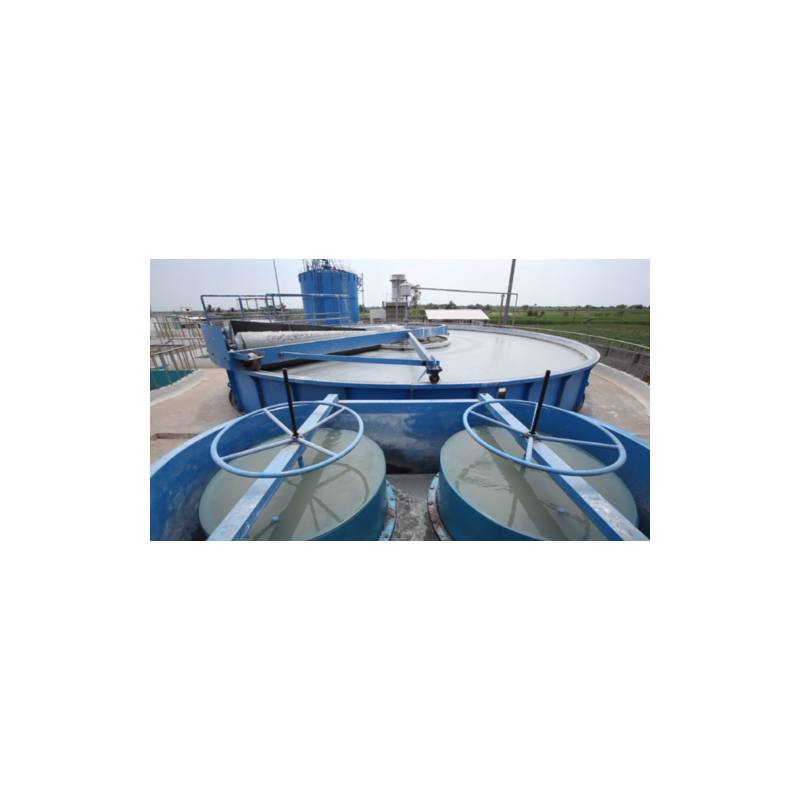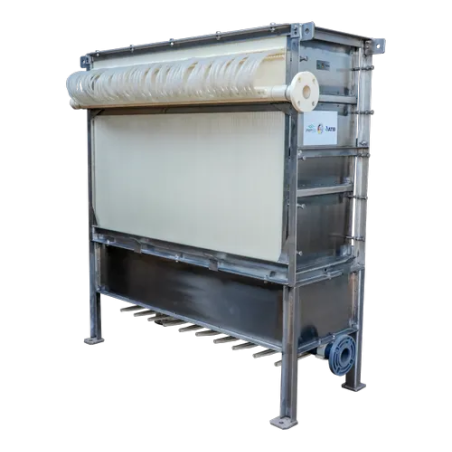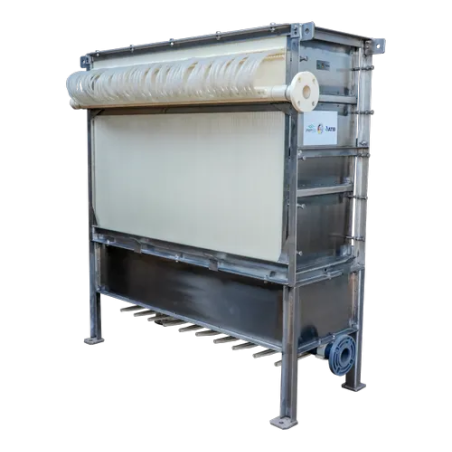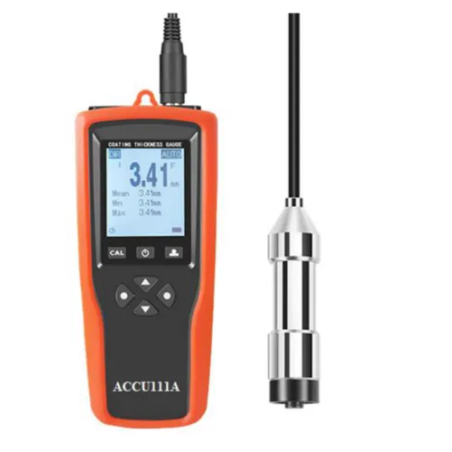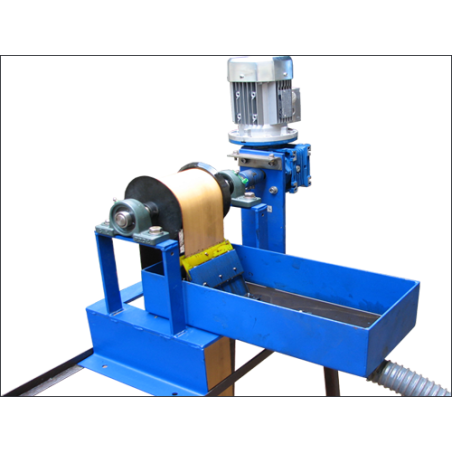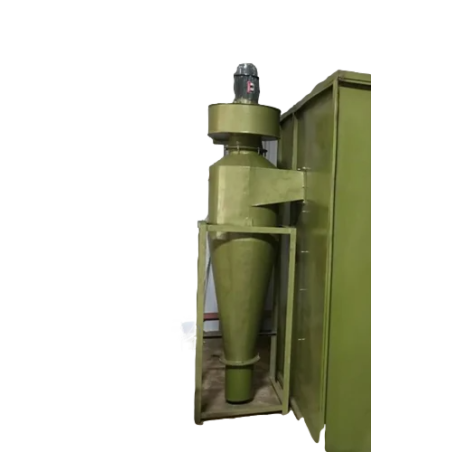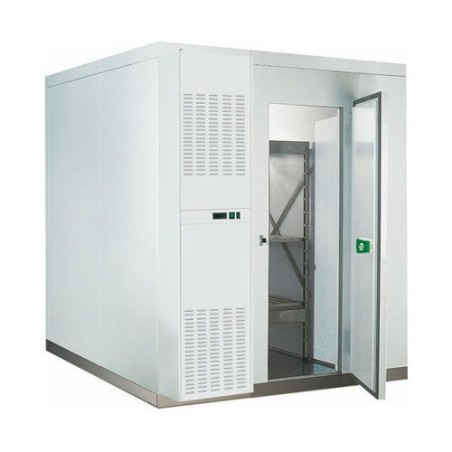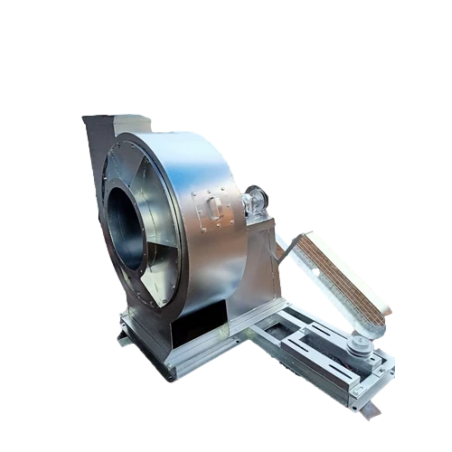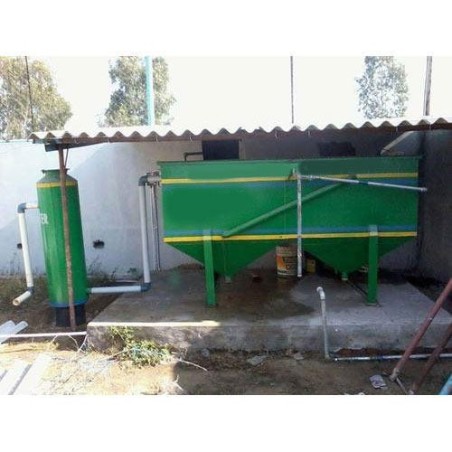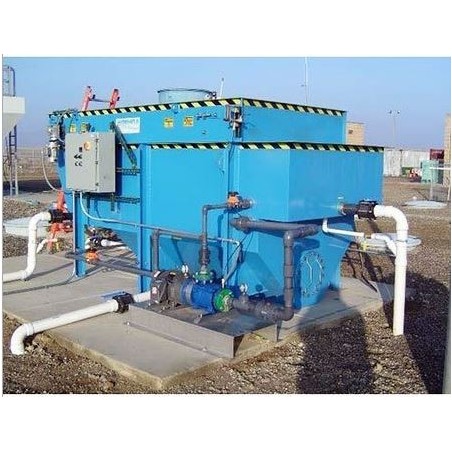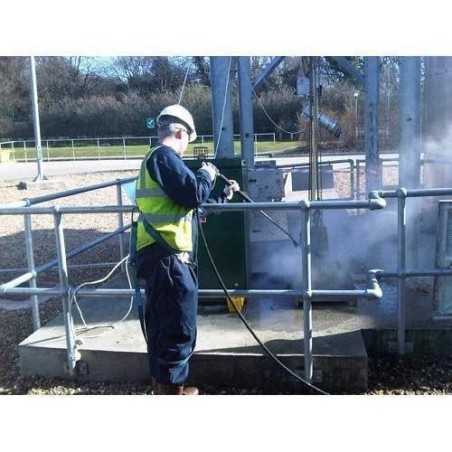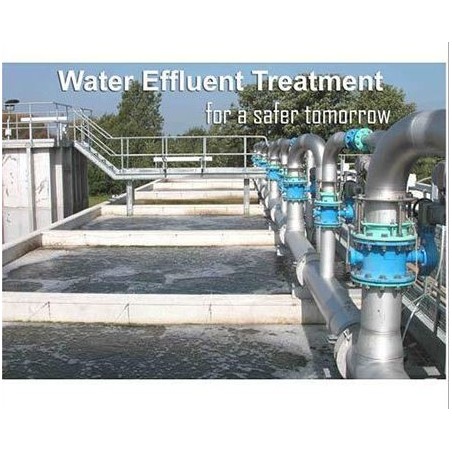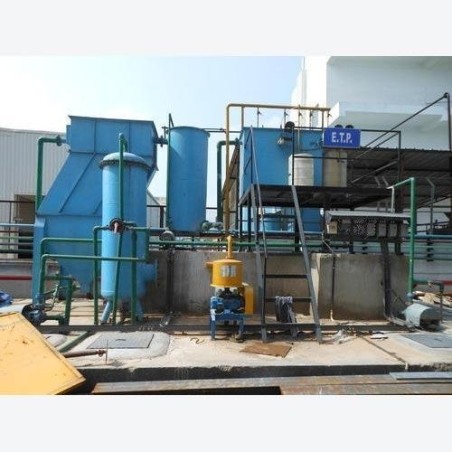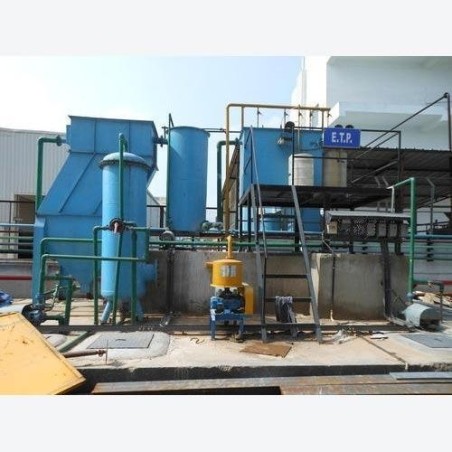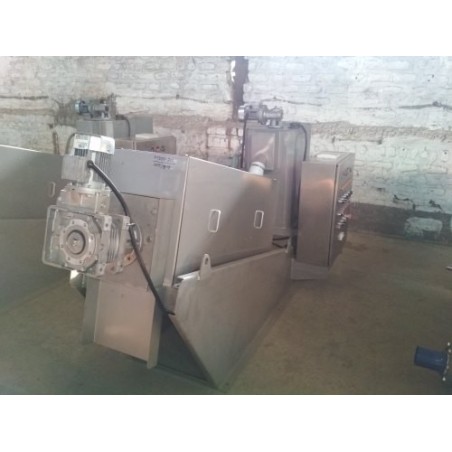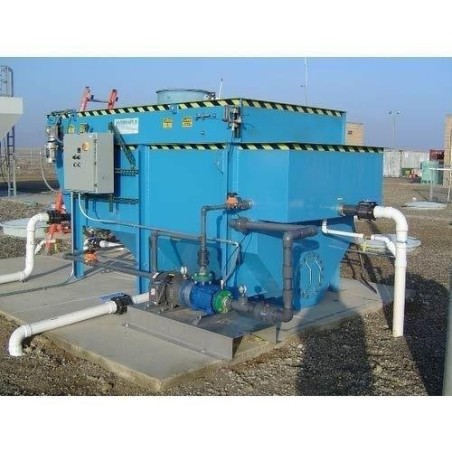Ultrafiltration Membranes

100% Original Products
Shop with assurance, as each product we offer is 100% original, ensuring quality and authenticity with every purchase

Save up to 28% with GST Input
Avail maximum benefits from input tax mechanism on all your Business Invoices. Get GST Invoices on your business purchases

24/7 Customer Support
Shop with confidence knowing that our 24/7 Customer Support is always available to assist with any inquiries
- Genuine Products
- Global Shipping
- Secured Payments
Dairy ETP 100 KLD
Quantity
Specifications
| Country of Origin | Made in India |
|---|---|
| Warranty | 1 Year |
| Automation Grade | Automatic |
| Material of Construction | Mild Steel |
| Water Source | Industrial Effluent |
| Capacity (KLD) | 100 KLD |
| Application Industry | Dairy industry |
| Impurities To Be Removed | Dissolved Minerals |
| Treatment Stages | Primary Treatment| Secondary Treatment |
| Control Module | Available |
| Inlet Flow Rate(m3/day) | 100 m3/day |
| Treatment Technology | Mixed Bed Bio Reactor(MBBR) |
Key Features
- Bulk Quantities Available
Reference AAJNO Category Effluent Treatment Plant
Product Details
Dairy industry wastewater generally has fats, lactose, whey proteins, and nutrients which lead play an important role to increase the biological oxygen demand (BOD) of water. With milk components also wastewater contain detergents and sanitizing agents which are the result of the cleaning process increases the concentration of chemical oxygen demand (COD). There are many ways to reduce the BOD and COD, but biological treatment is the primary mean. Both aerobic and anaerobic technologies have been used, while anaerobic treatment of wastewater has emerged as a viable and economical alternative over conventional aerobic treatment, particularly for high BOD. In aerobic technologies number of different treatment methods are there like, activated sludge, sequencing batch reactor, rotating biological contactors trickling filter. In anaerobic treatment methods are up-flow sludge blanket (UASB), anaerobic sequencing batch reactors (ASBR), continuous-flow stirred tank reactor, hybrid anaerobic digesters, contact reactor, up flow and down flow anaerobic filters, and two-stage systems that separate the acid-forming and methane forming. There are many cases where aerobic and anaerobic processes are combined in one single treatment system. Membrane technology is alternative to biotreatment being used for BOD reduction in dairy wastewaters which replaces secondary clarifiers in the waste treatment plants with membranes.
Other Products from this Brand
Ultrafiltration Membranes
Thickness Gauge
₹17,843
Oil Skimmer
Dust Collector
Cold Room
Cold Room
Mobile Bio Toilet
Mobile Bio Toilet
Induced Draft Fans
Turbine Blower
Industrial Valves
₹700
Recommended Products
Effluent Treatment Plant
₹70,801
Effluent Treatment Plant
Effluent Treatment Plant
Effluent Treatment Plant
Effluent Treatment Plant
Effluent Treatment Plant
Effluent Treatment Plant
Effluent Treatment Plant
Effluent Treatment Plant
Effluent Treatment Plant
Effluent Treatment Plant
Effluent Treatment Plant

